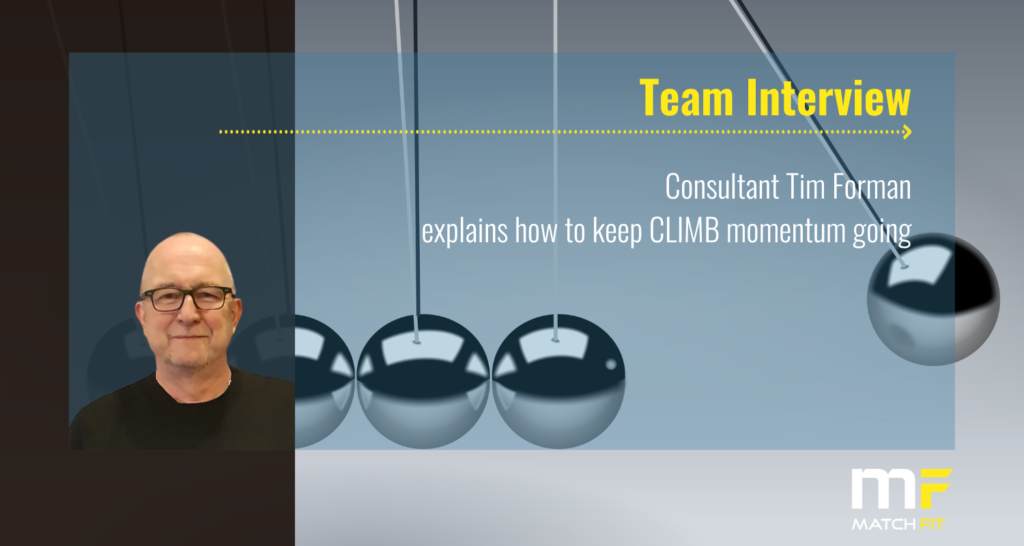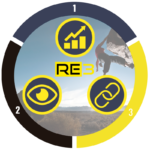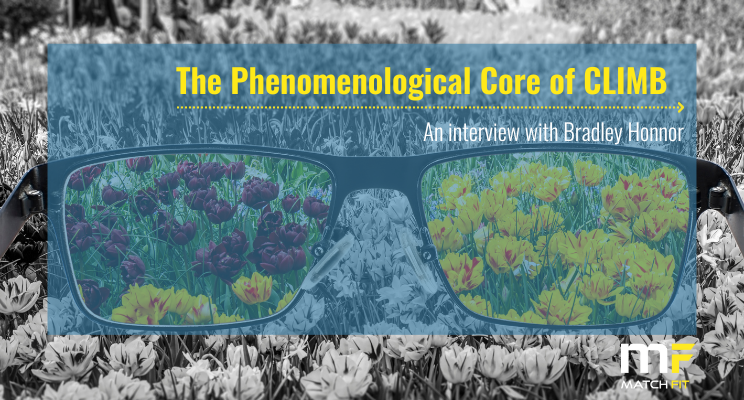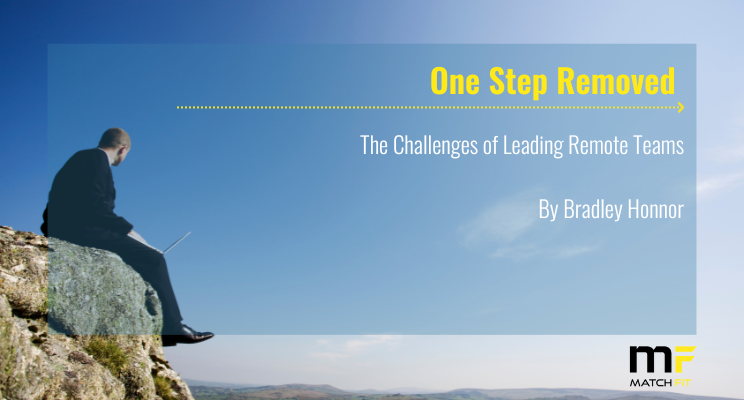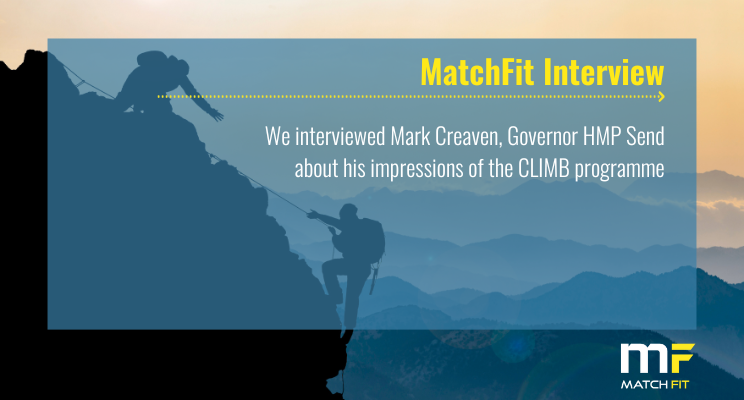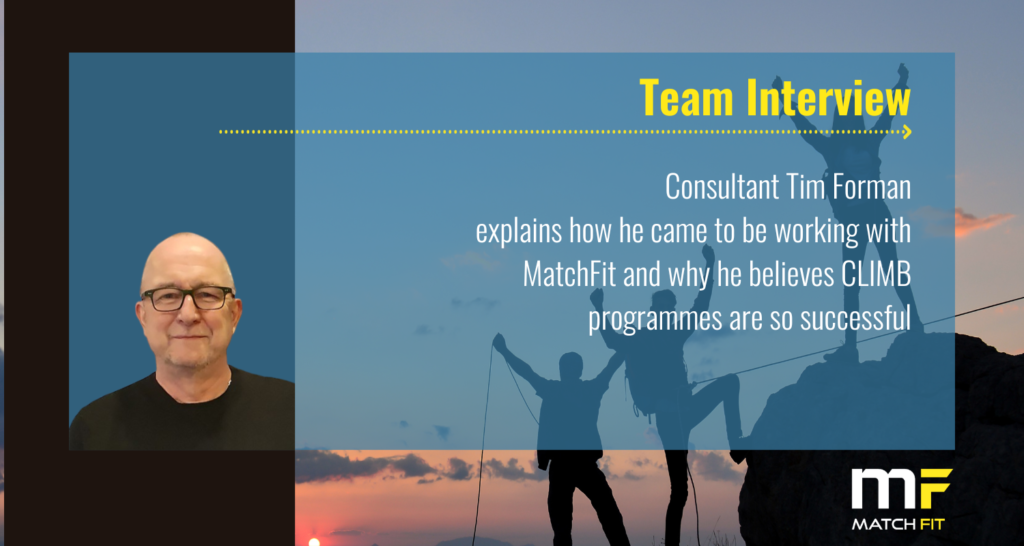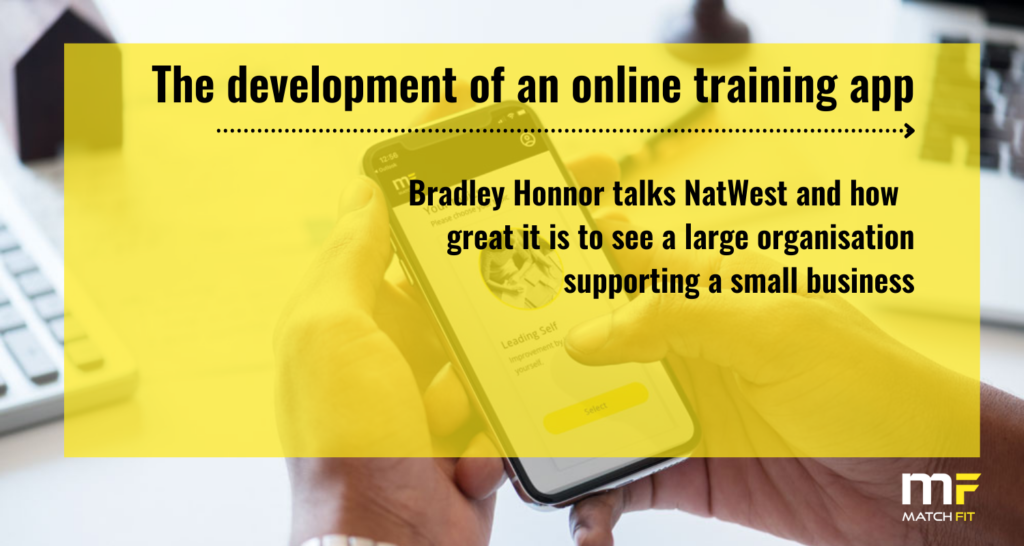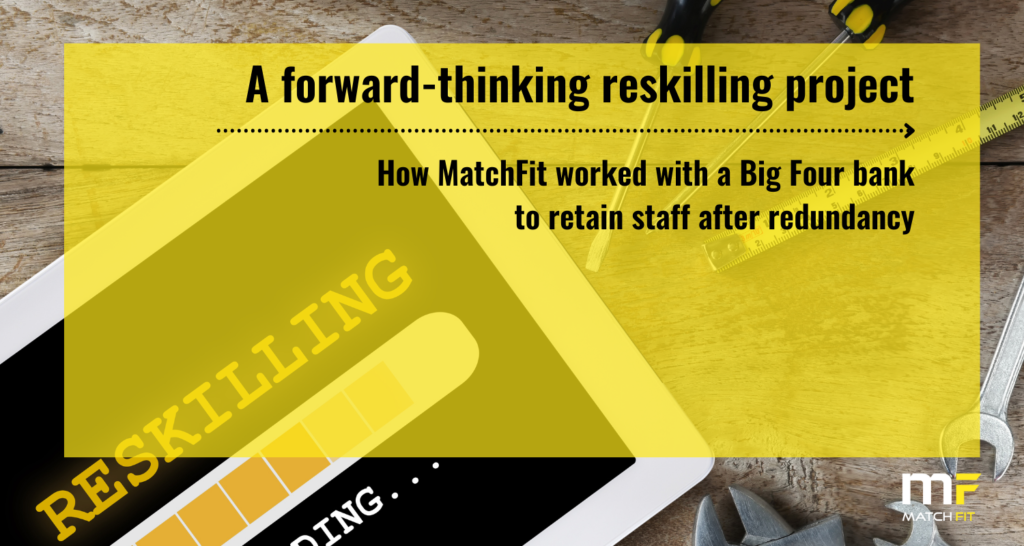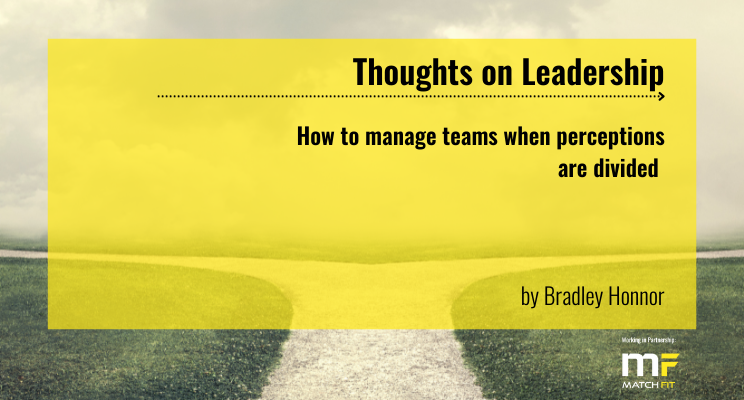Organisational change can deliver real success, but commitment needs to come from the top
Bradley Honnor explains why the effort to improve the way teams and businesses operate through leadership development programmes requires engagement from the top down.
I’m often asked how MatchFit can demonstrate the ‘why’ when I discuss a leadership programme with a new client.
The answer is fairly simple. As in any purchase, it’s important to make sure the benefits are understood. You may well think that your business performance and culture are strong, but there is always room for improvement. Can ‘good’ become ‘great’? We ask that question – the honest answer is always ‘yes’.
It’s important to realise the benefits that improving from good to great can deliver for the business and what that means for the return on your investment.
We encourage clients to consider the pain and pleasure principle. The first task is to identify where they see the pain within the business. Is it poor performance, is it attrition rates? Is the senior leadership team overwhelmed, are teams and staff working in silos?
Once the pain has been identified, we can create a programme that identifies the opportunities to enhance performance and operational excellence and delivers the solutions.
Staff remain the biggest asset to any business. If you can progress, improve, enhance and build a team or organisational culture where people can thrive and take pleasure in working, the results can be significant both in performance and staff retention.
The success of any programme, however, depends on the level of engagement both during the programme itself and subsequently over time.
And that engagement has to start from the top. Senior management needs to lead by example and drive the process. More importantly, they need to been seen to drive the process. If the process is not seen to be top of the leadership agenda, it will not be top for the wider employee group.
When clear and engaged leadership is happening, we see nothing but good outcomes. When it is not, there is a significant chance that what we are trying to achieve with the client will fail.
Giving staff the time to succeed
As well as enjoying senior-staff sponsorship, the programme needs to be relevant to those participating, and to fit around their working days. People do not want to spend weeks out of the workplace, or away from their desks. The programme must recognise attendees have a day job to do and be structured to accommodate this.
Engagement also needs to go beyond the session itself. There needs to be the willingness to understand:
- what changes are being suggested
- why they have been suggested
- the difference they will make to the individual and business and,
- why it is important to put those into practice after the sessions have been completed.
Maintaining momentum post programme
Leadership development and driving change does not finish once the programme has come to an end. Maintaining momentum is vital to delivering success.
At this stage, MatchFit cannot directly influence the actions of the leadership team, so we advise creating a record of what the business and individuals say they are aiming to achieve and the actions required to do this.
That list needs to be focused and achievable. It’s better to have three or four specific actions that are more likely to be achieved, than 25 points which will be far harder to manage and record.
Team ethos and mutual accountability are also critical at this stage. Where these are strong, each member will feel responsible for playing their part and not letting the rest of the team down. Having multiple forums in which the actions can be reflected on, and success acknowledged and celebrated by the teams and wider business, is also important.
When there is strong leadership from the top, a culture of accountability, and pride and an understanding of the tools and techniques needed to affect positive change, then success is far more likely to follow.


